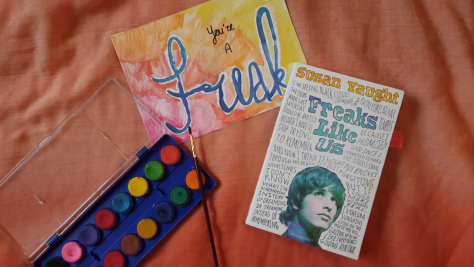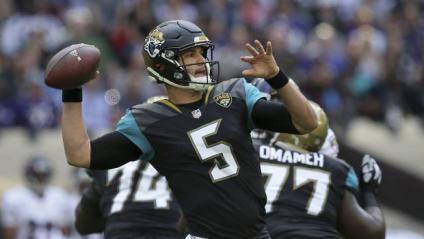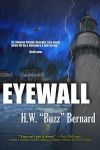“Meg, what I’m about to do – never, ever try this on your own.” I felt a bit silly giving this advice to a girl who regularly fought monsters with golden swords, but I had promised Bill Nye the Science Guy I would always promote safe laboratory practices.”

– Rick Riordan, The Dark Prophecy
I am no longer the target demographic for this novel. This sad little nugget of truth is something I was confronted with when buying the latest instalment of Rick Riordan’s, The Trials of Apollo, just a few months ago.
I elbowed my way to the back of the bookstore – a girl on a quest, if you will. My younger brother and I had been eagerly awaiting the release of Riordan’s next story. They’re essentially the Hollywood Blockbusters of children’s literature, after all.
The key word here, of course, is “children’s.”
Even while snatching a copy from the shelves, I couldn’t help but notice that I was the oldest person in the children’s section of the store. Let me tell you, there were some very odd looks thrown my way. Yet, I couldn’t bring myself to care.
Reading one of Riordan’s books is like eating ice cream when you’re upset, or jumping into bed after a particularly long day – it’s comforting. It’s familiar. The novels are fast-paced, funny, educational… Why shouldn’t the adults of the world enjoy them?
The Dark Prophecy kicks off where The Hidden Oracle left off. To recap – Apollo, the Greek god of the sun, music, medicine, and well, a lot actually, was forced out of Mount Olympus and into the body of a teenaged boy by his father, Zeus. To regain his immortality, Apollo must restore several oracles that have gone awry.
The sequel offers us the trademark Riordan treatment – dangerous quests, interesting gods, hilarious shenanigans, and familiar faces. Leo is back! (Team Leo!) Calypso too! Of course, we can’t forget the sassy and self-absorbed Apollo – who gives this series a much different voice to Riordan’s previous tales, some of which can come across a little too Percy Jackson-esque at times. (Not that there’s anything wrong with Percy Jackson-esque vibes).
It’s lovely to see the familiar faces of Leo and Calypso, and it’s fascinating to see Apollo becoming a more compassionate and responsible person – or god, I suppose. Meg is also a fantastically complex character, and I really enjoyed reading about the friendship she has with Apollo.
However, what this novel really excels in is its treatment of characters of different sexualities and ethnicities. Sexuality in particular is handled very gently, and in my opinion, very well. We know already that Apollo is bisexual, and this is something that is continually addressed – particularly since the antagonist of this novel is one of Apollo’s ex-boyfriends, who, I might add, is a complete riot. The Dark Prophecy also features a same-sex couple who opens their home to anyone who doesn’t have one.
Despite the mythical nature of the plot, Riordan constructs these characters in a very believable way. They are not caricatures plunked into the novel for the sake of filling a diversity quota, but seem very real – all with distinct personalities, wants, and desires. Ultimately, I’m really glad that this book exists, particularly for younger readers who may be struggling with their sexuality.
To sum it up in a way that Apollo will approve of, I will now leave you with this haiku:
This book is so good.
Apollo is the greatest.
You must read it now.





